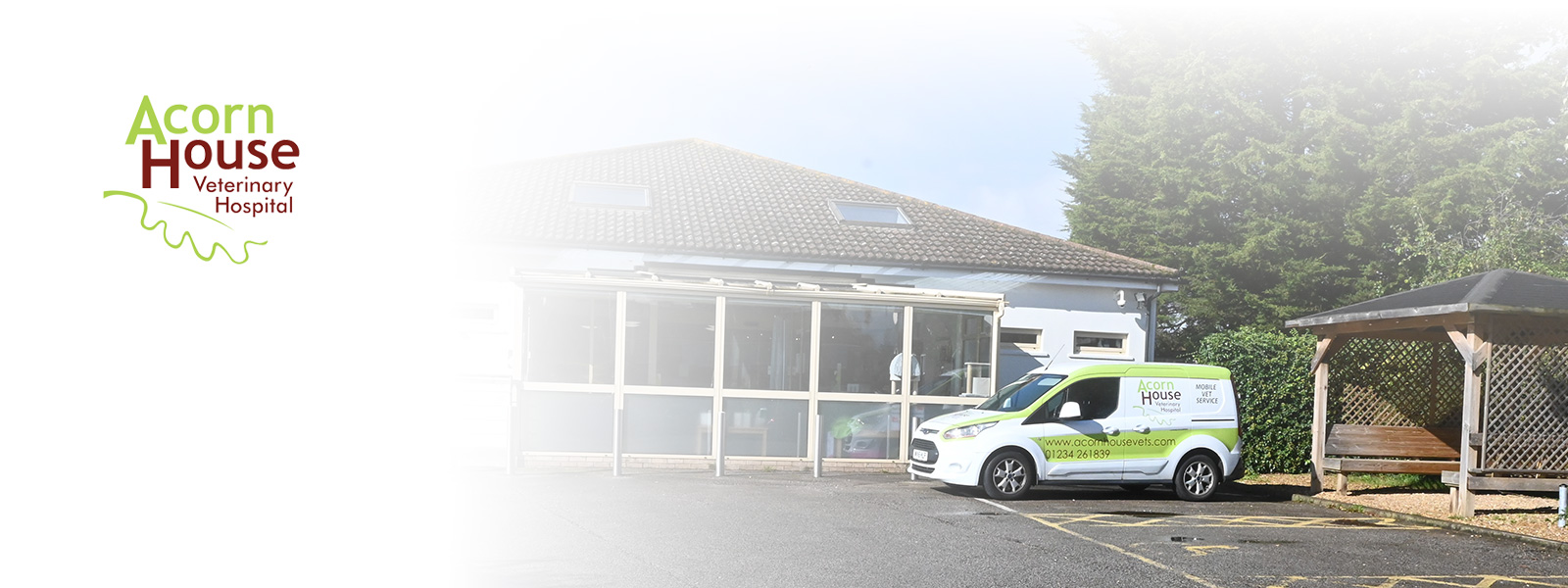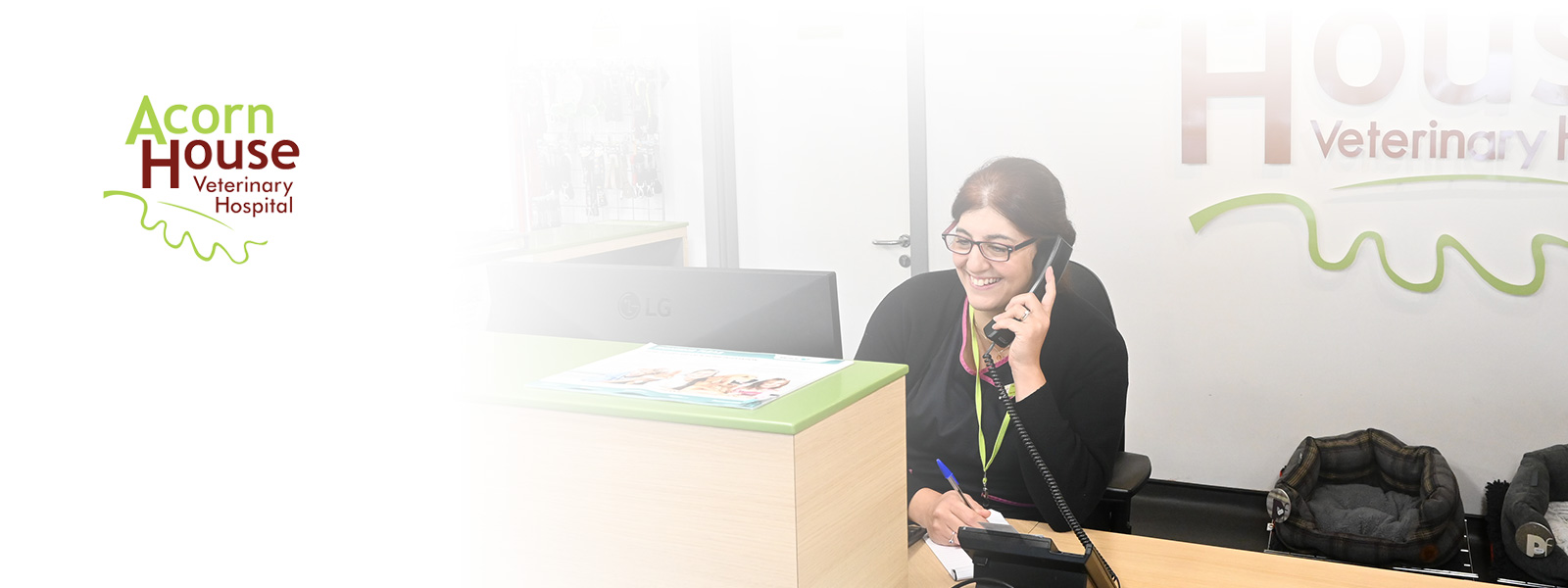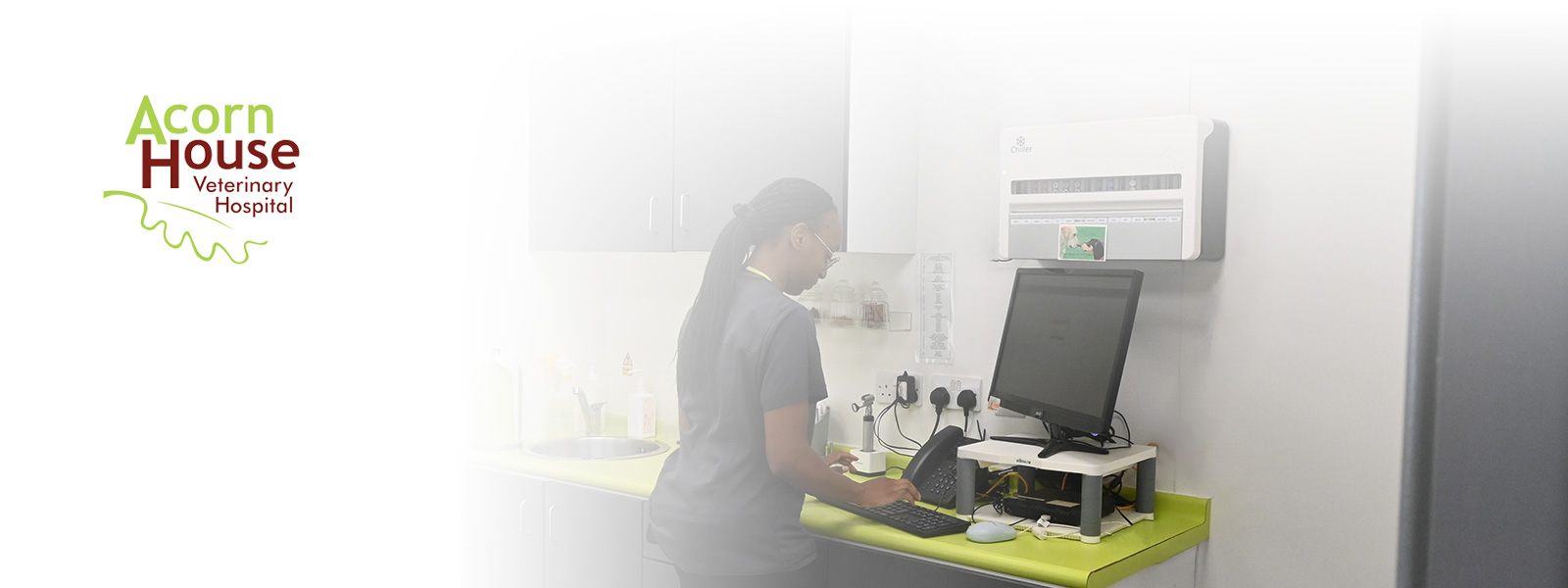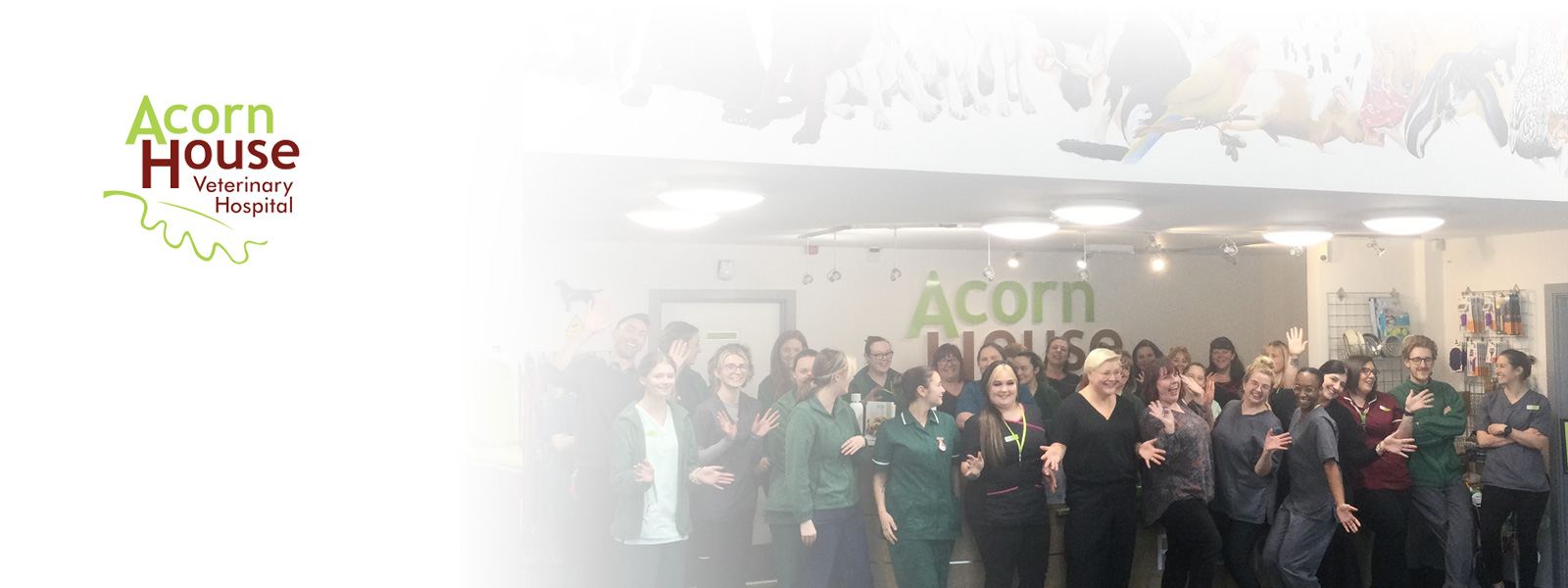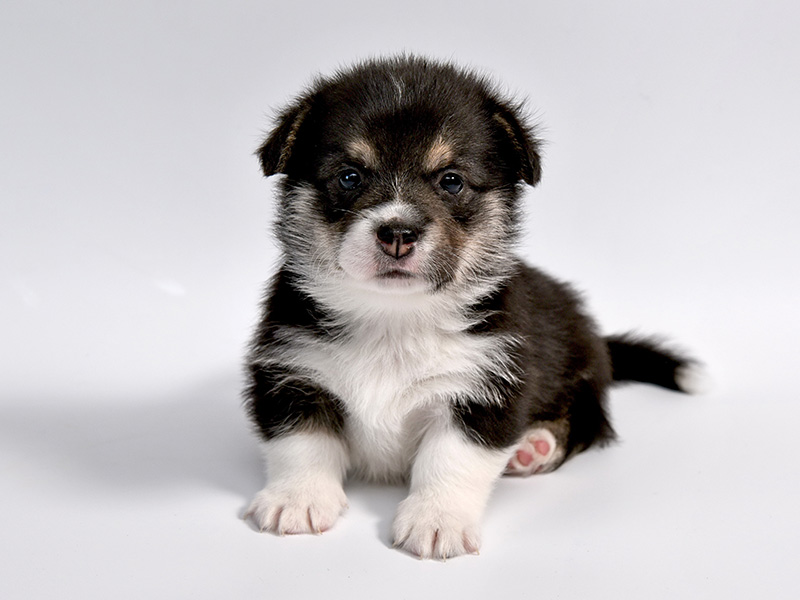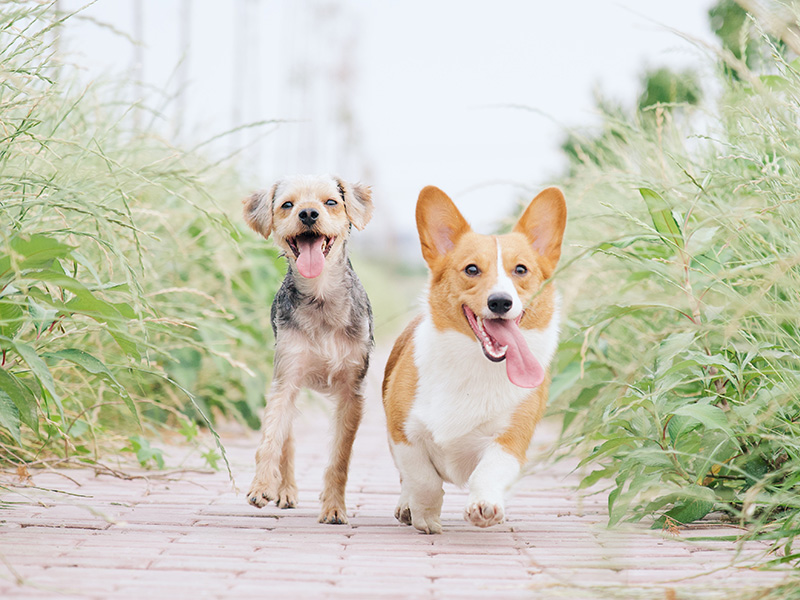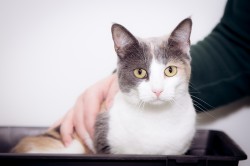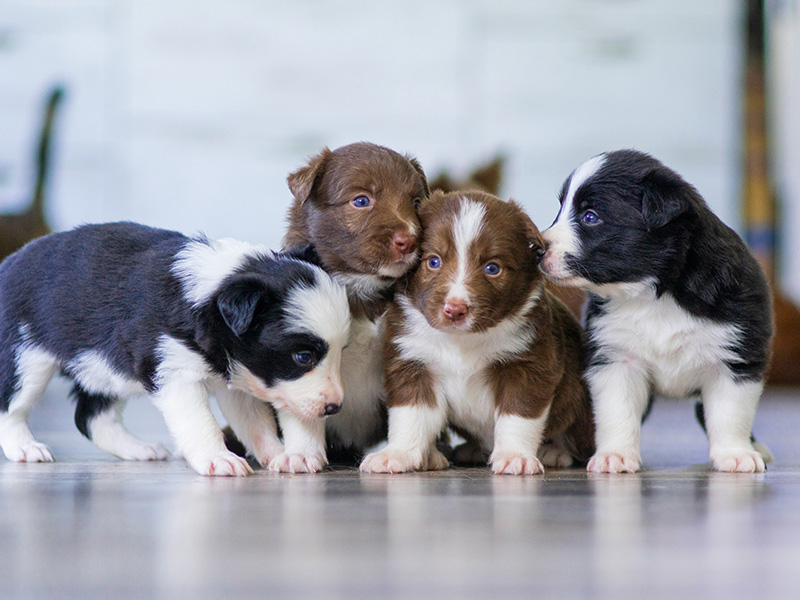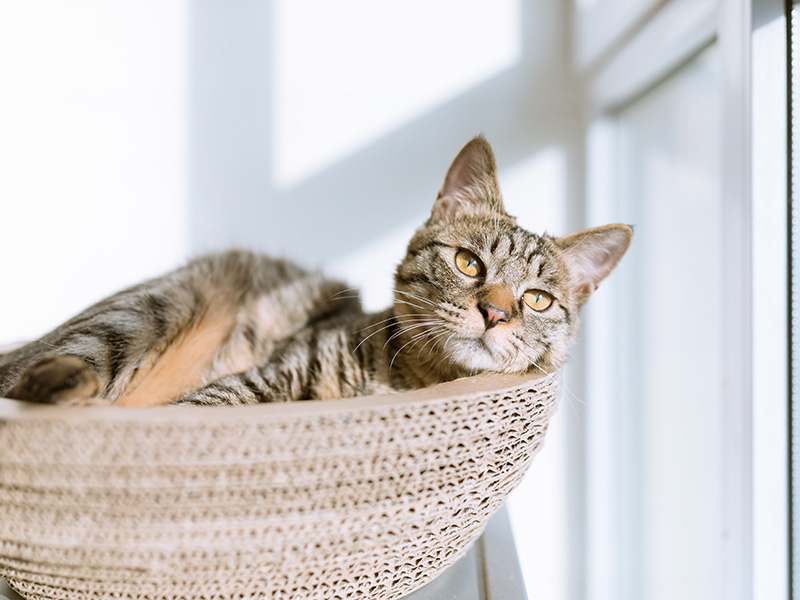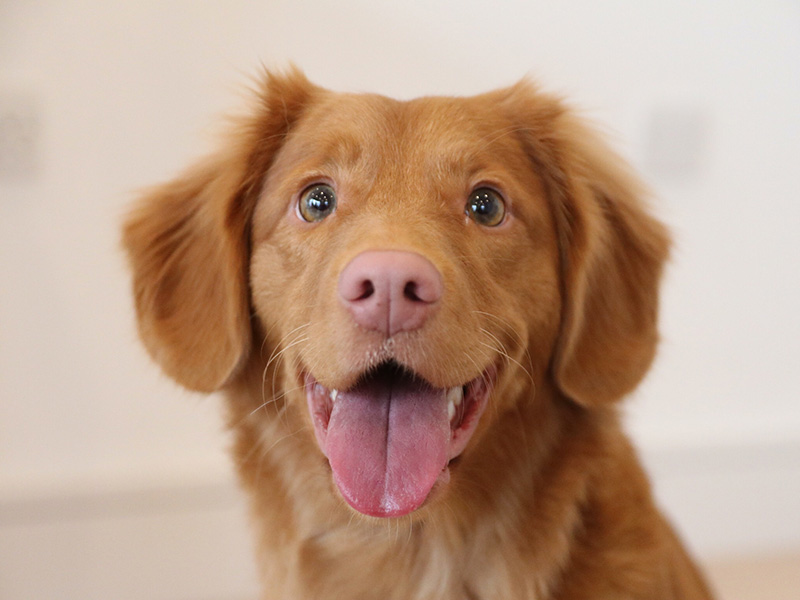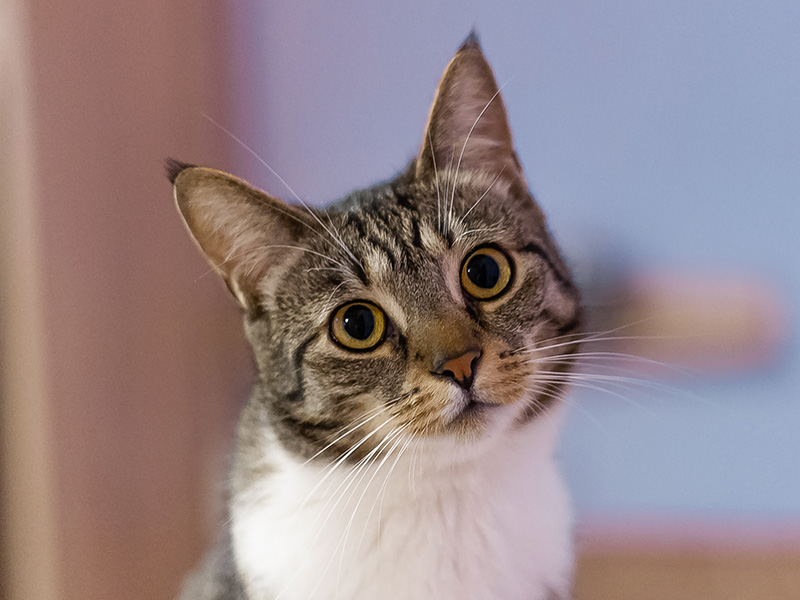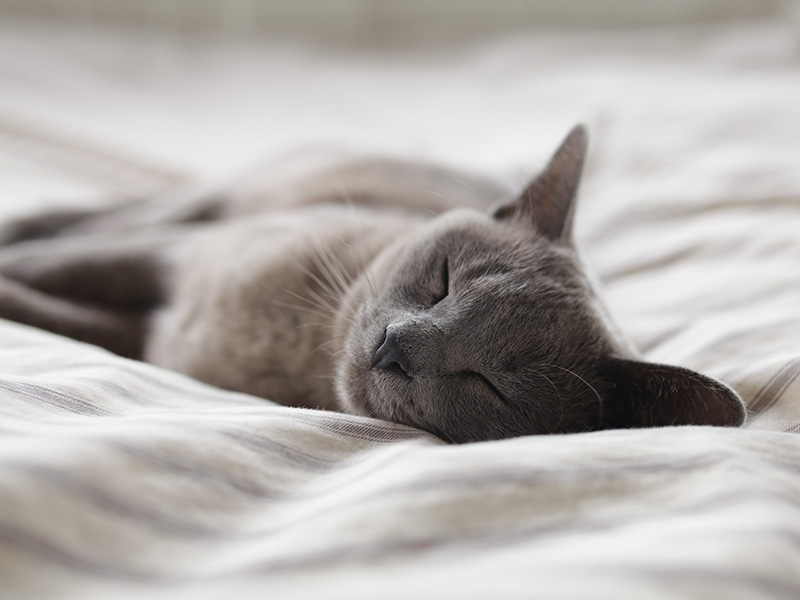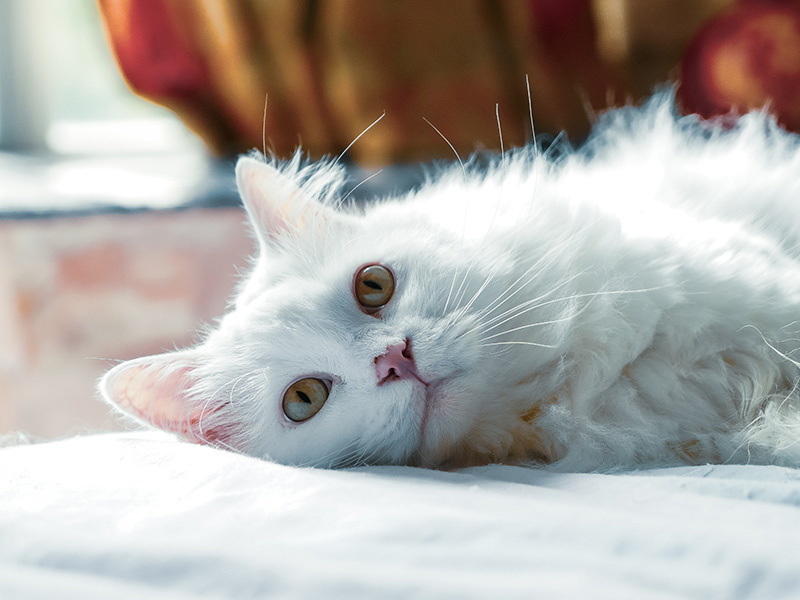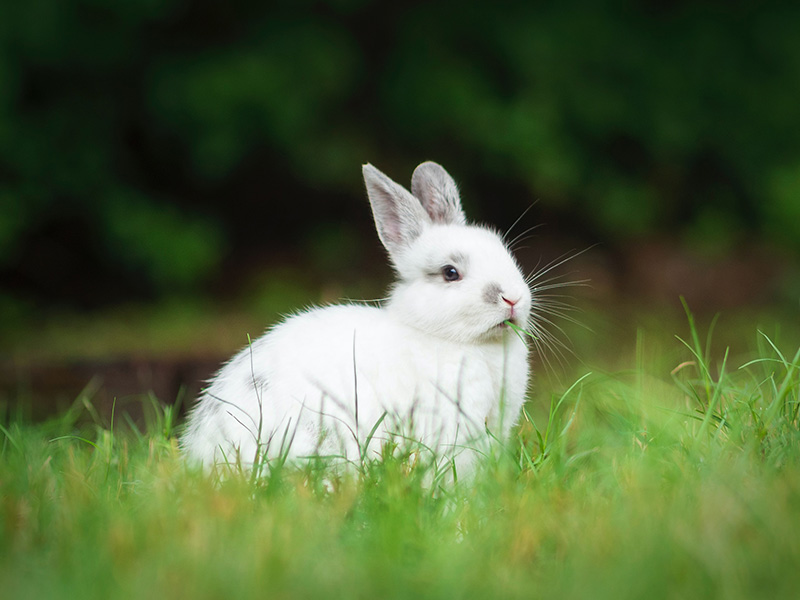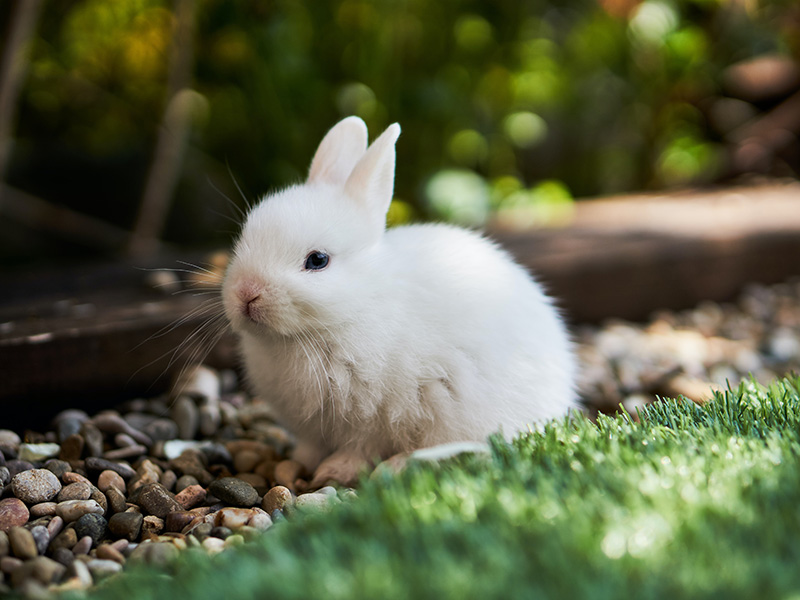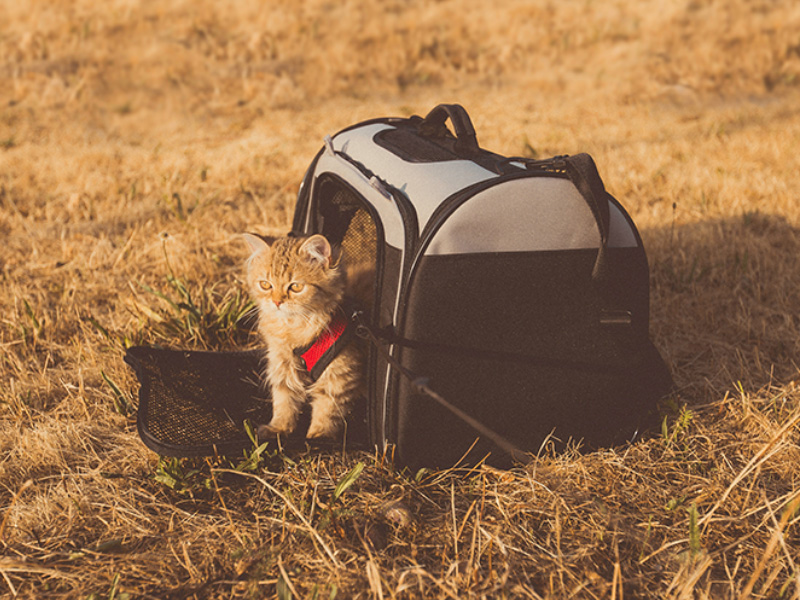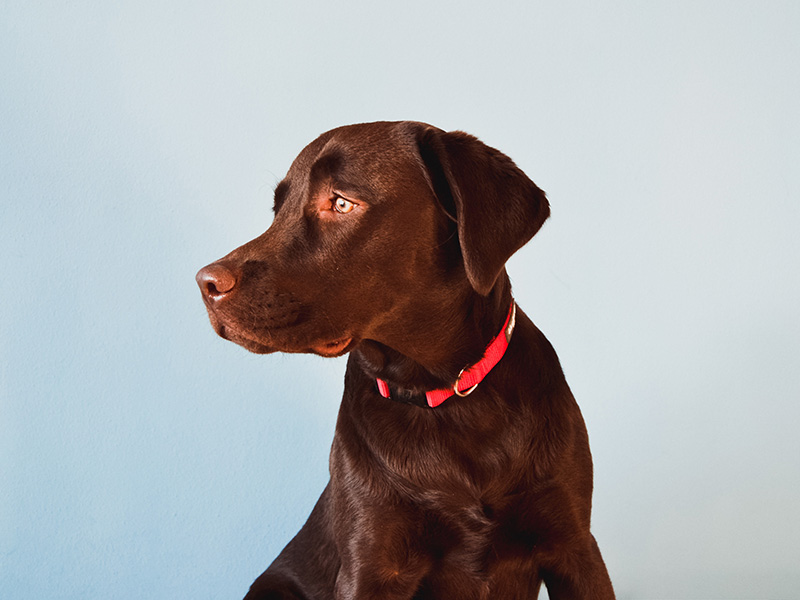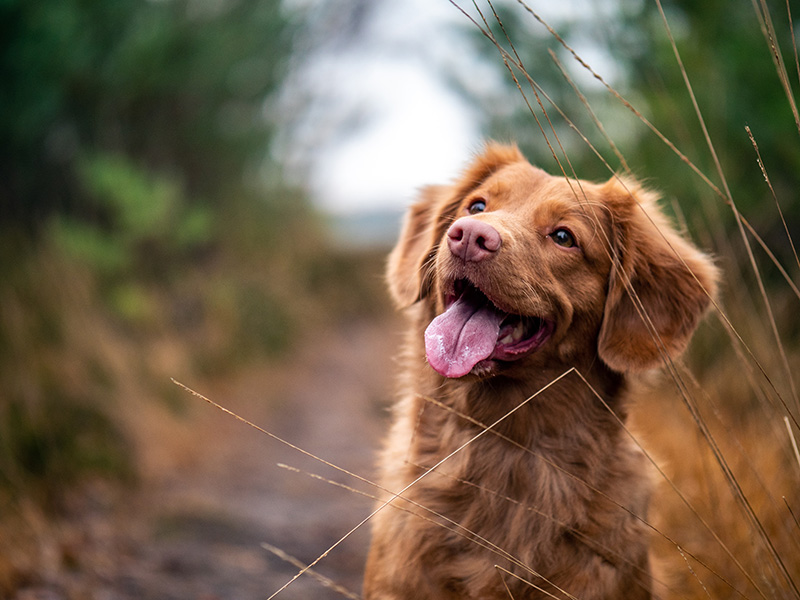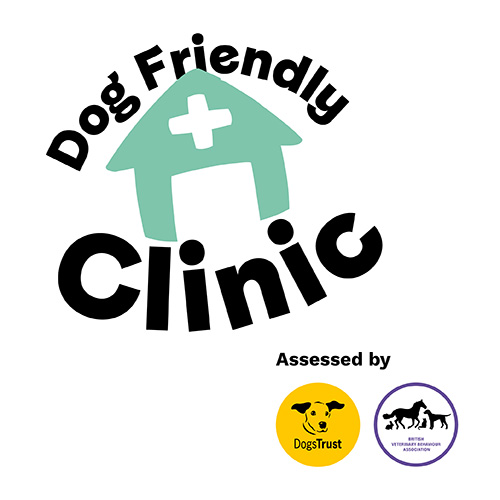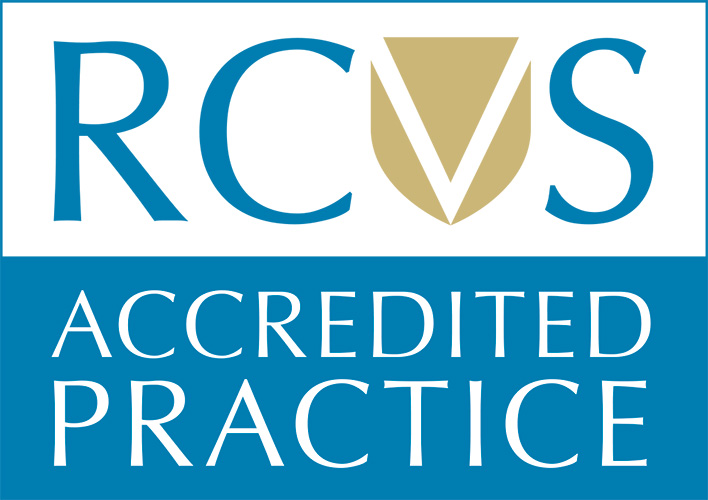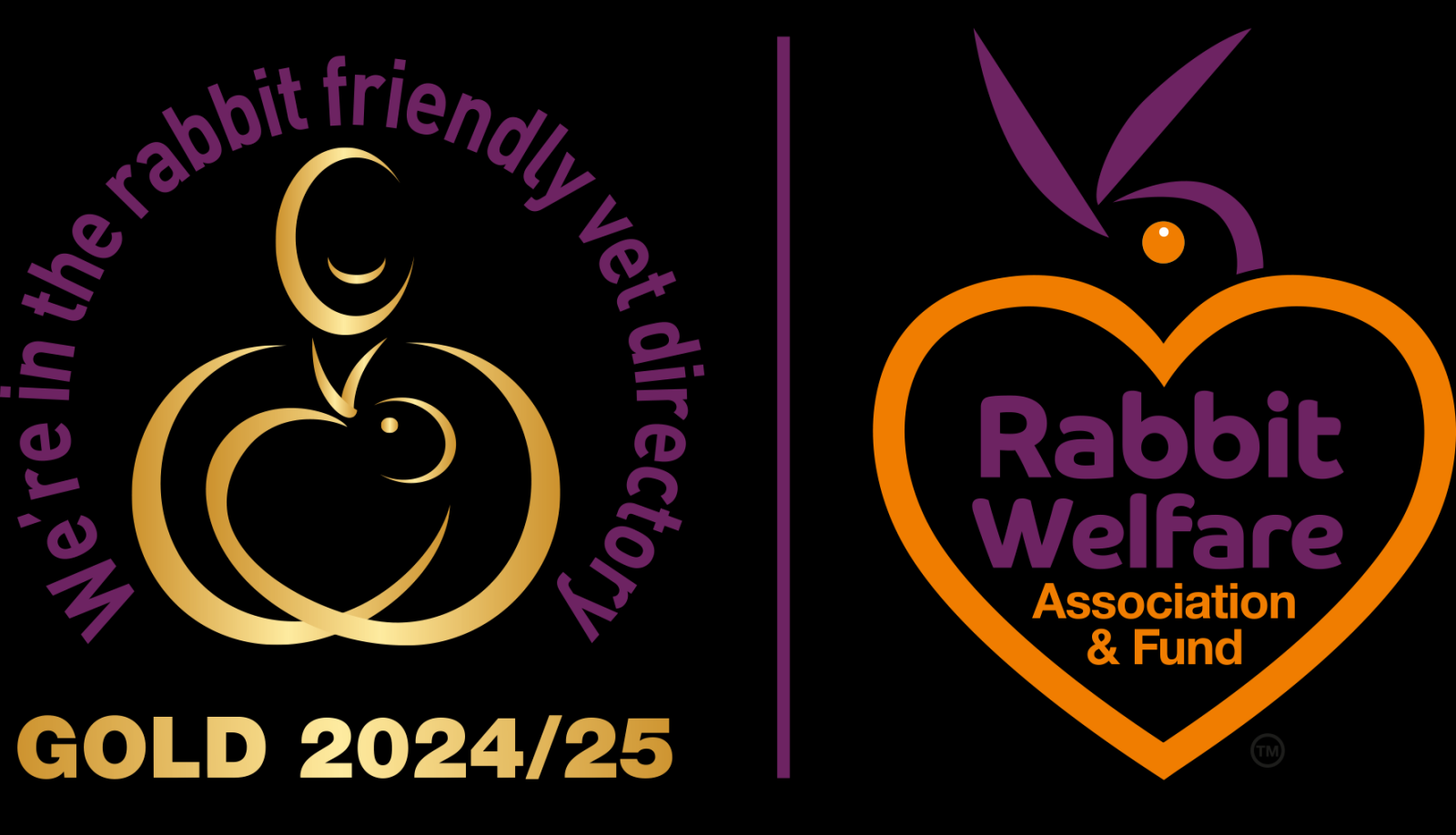Rabbits
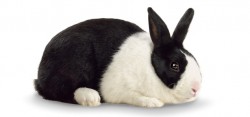 Rabbits can make very good pets, but they have some important husbandry needs that must be addressed in order to provide adequately for their health and welfare. As well as social interaction with other rabbits, they also enjoy being friendly with humans too. They need to be given attention every day and require regular gentle handling to establish and maintain that human:rabbit social bond, although this must be on their terms. The daily contact also allows an opportunity to check them for any health problems.
Rabbits can make very good pets, but they have some important husbandry needs that must be addressed in order to provide adequately for their health and welfare. As well as social interaction with other rabbits, they also enjoy being friendly with humans too. They need to be given attention every day and require regular gentle handling to establish and maintain that human:rabbit social bond, although this must be on their terms. The daily contact also allows an opportunity to check them for any health problems.
All pet owners have a responsibility to provide suitable care for their pets, and this is outlined in the Animal Welfare Act 2006. However, you can find some examples of such requirements for rabbits below:
1. A suitable environment. A hutch on its own is not enough. In the wild, rabbits will cover an area the size of 30 football pitches! Rabbits need a secure, well insulated and ventilated hutch providing plenty of room to move around and stretch out, ideally a minimum size of 6ft long by 2ft wide and 2ft high or with enough space to fully stand up. This provides a sheltered space for rabbits to use as their base, and they should ideally have constant access to a grass run area which is a minimum size of 8 feet by 6 feet. Alternatively controlled access to a grass run can be provided for a minimum of 4 hours daily. Some rabbit owners convert a garden shed into a shelter for their rabbits and attach it to a large, secure run. Alternatively, suitable commercial shelters and runs exist, such as the Rabbitopia or the Bunny Bunker (see www.dunsterhouse.couk). Indoor rabbits need the same space allocation and may be enclosed within a pen or run or have free run of a rabbit-proofed room.
2. A suitable diet. Rabbits are strict herbivores and spend a lot of time eating. It is best to give them a diet consisting mainly of hay, fresh, or dried grasses (approximately 85%). Approximately 10% of the diet may be made up of green leafy vegetation, and approximately 5% (about an egg cup full for an average sized 2.5kg rabbit) of good quality extruded pelleted concentrate food. The ideal is to ensure ad-lib, or unlimited, good quality hay, plus these other components. Water should be provided at all times, via a water bottle, clean bowl, or both. Muesli type diets are not recommended as rabbits tend to pick out their favourite parts and thus consume an unbalanced diets. The majority of rabbits are fed far too much pelleted food and not enough good quality hay - this is likely to cause obesity, gastrointestinal problems and dental disease.
3. To exhibit normal behaviour. To do this, they require adequate space, opportunities to run, jump, dig and forage. Try to make their environment interesting with tubes, hides, cardboard boxes, and objects to stand on and look around. Beware that rabbits burrow so an outdoor run area should have buried wire sides, or be checked or moved frequently. Neutered rabbits are less prone to digging deep burrows, but being part of their normal behaviour, digging should be accommodated, even indoors. Trays or earth, shavings, hay, cardboard chips etc provide good digging boxes.
4. Interaction with other rabbits, in compatible pairings or small groups. Rabbits are social animals, and solitary confinement is unnatural and frightening for them. However, rabbits are also territorial and some care needs to be taken to make sure your rabbits are compatible. The easiest pairing is a neutered male and neutered female. Same-sex pairs can be liable to fighting (although it is possible to keep two males or two females if they grow up together from a very young age and are kept in a very spacious enclosure). Rabbits are best introduced to each other at the age of 8-10 weeks and should be neutered as soon as possible (usually 4 months of age). If you already have a single rabbit it is never too late to find them a companion, but the rabbits should be of opposite sexes and should both be neutered a month or so before the introduction. The two rabbits would then be housed in adjacent accommodation so that they can get used to the smell and sight of each other through a mesh barrier and introductions can be made gradually under supervision in a "neutral" pen that is not routinely used by either rabbit. It is very important to provide a large amount of space/ hiding places and multiple feeding and drinking bowls so that the rabbits do not have to compete for resources. Our local rescue charity, RATS have a lot of experience in this area and will be happy to help you find and introduce a new rabbit into your home and there is also good information available at www.rabbitwelfare.co.uk.
5. To be protected from pain, injury or disease. This means that they should be vaccinated, treated for any parasites as directed by your veterinary surgeon, and regularly (daily), checked for any signs of ill health by their owners.
All rabbits in the United Kingdom, whether living indoors or outdoors, are at risk of myxomatosis and Viral Haemaorrhagic Disease (VHD1). Both of these diseases are frequently fatal in unvaccinated rabbits. Both indoor and outdoor rabbits are at risk. Rabbits should visit the vet at least once a year, to have a general health check (eyes, teeth, ears, coat, heart, chest, bottom, weight checks) and to be vaccinated against myxomatosis and VHD1.
In 2016 a new strain of Viral Haemorrhagic Disease was identified in the United Kingdom. This strain is not included in the standard UK vaccine. A vaccine against VHD2 is available in France and we are able to order a small supply of this vaccine into our practice for our clients' rabbits. Please contact Reception if you would like us to order in this vaccine for you. The vaccine does not protect against myxomatosis and so must be used as well as, not instead of, the standard UK vaccine. At least 2 weeks must be left between the standard UK vaccine and the new French vaccine.
Rabbits are particularly prone to a condition known as "fly strike". This occurs during warmer months when flies are active. Flies (such as green bottle flies) can lay their eggs onto the tail and bottom area of rabbits and within hours, these can hatch out into maggots which eat the rabbit's flesh. It never ceases to amaze us how quickly this condition can develop. All rabbits are at risk, as the flies are attracted to the odour of a rabbit's sent glands, but those with long, damp fur, or dirty bottoms are clearly at increased risk. We recommend that all rabbits are treated during the fly season with a product to repel flies and prevent fly eggs from hatching into maggots. Please contact the surgery to discuss a safe and suitable product for your pet. Keeping bedding clean, fur short and using fly nets and sticky papers can also reduce risk.
Regularly checking the teeth, ears, skin, claws and underside, around the back end, in particular, are vital. There are several signs that your rabbit may be ill and require veterinary attention. Among these are:
- loss of appetite
- weight loss
- looking depressed
- skin trouble
- runny faeces and/or urine soaking into the back legs
- discharges from the nose, eyes or mouth
- difficulty breathing
Acorn House Veterinary Surgery has a dedicated ward for rabbits and other small mammals, so that they are not housed adjacent to dogs or cats and can recover from illness or injury in peace and quiet. We have appointments available Monday to Saturday and a 24 hour emergency service run entirely by our own team of vets and nurses at the practice.
